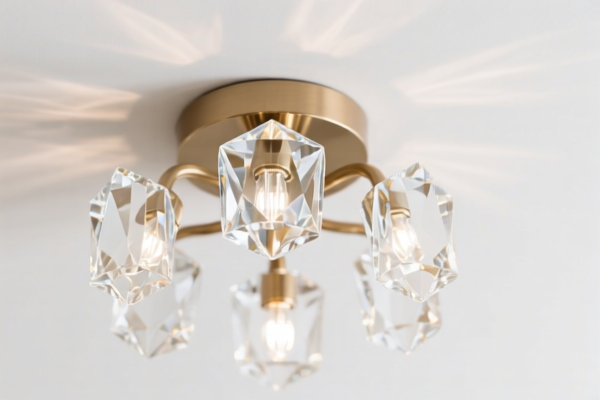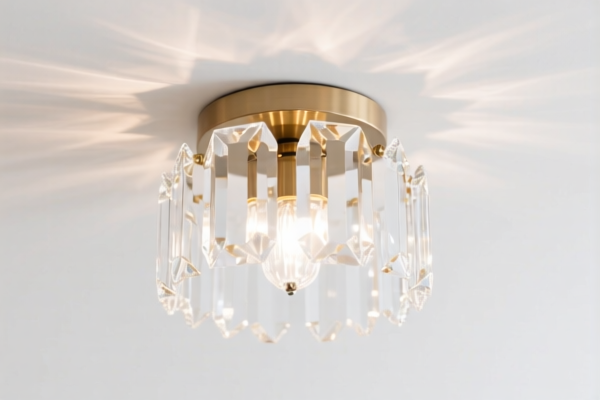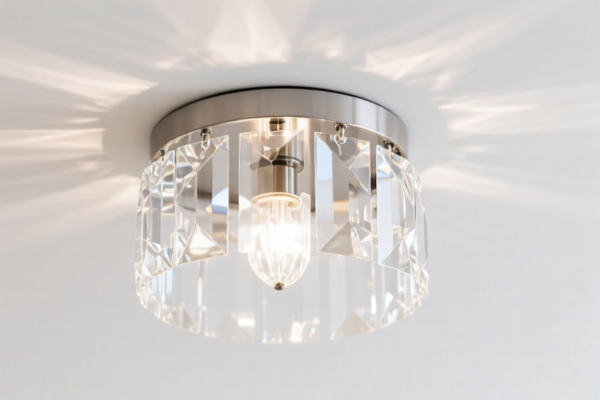| HS Code | Official Doc | Tariff Rate | Origin | Destination | Effective Date |
|---|---|---|---|---|---|
| 8544429090 | Doc | 57.6% | CN | US | 2025-05-12 |
| 8544499000 | Doc | 58.9% | CN | US | 2025-05-12 |
| 9001100030 | Doc | 61.7% | CN | US | 2025-05-12 |
| 9001100085 | Doc | 61.7% | CN | US | 2025-05-12 |
| 6815110000 | Doc | 55.0% | CN | US | 2025-05-12 |
| 6815994170 | Doc | 55.0% | CN | US | 2025-05-12 |
| 6807100000 | Doc | 55.0% | CN | US | 2025-05-12 |
| 6807900050 | Doc | 57.7% | CN | US | 2025-05-12 |




Ceiling Cable
Ceiling cables are suspension systems used to hang objects from a ceiling, typically for architectural, display, or functional purposes. They are distinguished by their primary load-bearing function and reliance on ceiling structure for support.
Material
- Steel Cable: The most common material, offering high tensile strength and durability. Often galvanized or stainless steel to resist corrosion. Different cable constructions exist (e.g., 1x19, 6x19, 8x19) denoting the number of strands and their arrangement, impacting flexibility and strength.
- Wire Rope: Similar to steel cable but generally refers to heavier-duty options.
- Synthetic Fibers: Nylon or polyester cables are used in applications requiring non-conductive properties or reduced weight, though with lower load capacities than steel.
- Aircraft Cable: A high-strength, corrosion-resistant steel cable often used for decorative or high-load applications.
- Coated Cables: Cables may be coated with plastic or rubber for aesthetic purposes, grip enhancement, or protection against abrasion.
Purpose
- Architectural Display: Suspending artwork, signage, or decorative elements.
- Retail Displays: Hanging products, banners, or mannequins.
- Stage Lighting & Rigging: Supporting lighting fixtures, curtains, or scenic elements in theaters and event spaces.
- Mechanical Systems: Supporting HVAC components or ductwork.
- Security Systems: Hanging security cameras.
- Functional Hanging: Supporting banners, plants, or other objects in commercial or residential spaces.
Function
Ceiling cables function as tensile members, transferring the weight of suspended objects to the ceiling structure. They rely on secure anchor points and appropriate load calculations to ensure safety and stability. Key functional aspects include:
- Load Distribution: Evenly distributing weight across multiple cables or using appropriately sized cables to handle concentrated loads.
- Adjustability: Many systems allow for adjustable cable lengths to accommodate varying ceiling heights or desired object positions.
- Security: Securely fastening cables to both the ceiling and the suspended object, often with specialized hardware like cable clamps, thimbles, and turnbuckles.
- Concealment: Systems can be designed to minimize the visibility of cables, using cable sleeves or integrating them into architectural features.
Usage Scenarios
- Museums & Art Galleries: Hanging artwork with minimal visual obstruction.
- Retail Stores: Creating dynamic displays and maximizing floor space.
- Theaters & Concert Halls: Rigging lighting, sound equipment, and stage elements.
- Commercial Buildings: Suspending signage, banners, or decorative features.
- Residential Spaces: Hanging plants, artwork, or decorative lighting.
- Trade Shows & Events: Temporary suspension of banners, displays, or lighting.
Common Types
- Single Cable Systems: Utilize a single cable for each suspension point. Simplest form, suitable for lighter loads.
- Multi-Cable Systems: Employ multiple cables per suspension point for increased load capacity and redundancy.
- Cable Kits: Pre-packaged systems including cables, clamps, turnbuckles, and other hardware.
- Adjustable Cable Systems: Feature turnbuckles or other mechanisms for easy length adjustment.
- Suspension Bridges: Larger scale systems utilizing multiple cables and supports for substantial loads.
- Aircraft Cable Kits: Kits specifically designed using aircraft cable for high-strength applications.
- Picture Hanging Cables: Thin cables with specialized hooks for hanging artwork.
The declared goods are “ceiling cable”. Based on the provided information, the following HS codes may be relevant:
- 8544429090: This HS code covers insulated (including enameled or anodized) wire, cable (including coaxial cable) and other insulated electric conductors, whether or not fitted with connectors; optical fiber cables, made up of individually sheathed fibers, whether or not assembled with electric conductors or fitted with connectors: Other electric conductors, for a voltage not exceeding 1,000 V: Fitted with connectors: Other: Other. This is applicable if the ceiling cable is an electric conductor with a voltage not exceeding 1,000V and is fitted with connectors. The total tax rate is 57.6%.
- 8544499000: This HS code covers insulated (including enameled or anodized) wire, cable (including coaxial cable) and other insulated electric conductors, whether or not fitted with connectors; optical fiber cables, made up of individually sheathed fibers, whether or not assembled with electric conductors or fitted with connectors: Other electric conductors, for a voltage not exceeding 1,000 V: Other: Other: Other. This is applicable if the ceiling cable is an electric conductor with a voltage not exceeding 1,000V and is not specifically fitted with connectors. The total tax rate is 58.9%.
- 9001100030: This HS code covers optical fibers and optical fiber bundles; optical fiber cables other than those of heading 8544; sheets and plates of polarizing material; lenses (including contact lenses), prisms, mirrors and other optical elements, of any material, unmounted, other than such elements of glass not optically worked: Optical fibers, optical fiber bundles and cables Optical fibers: For transmission of voice, data or video communications. This is applicable if the ceiling cable is an optical fiber cable used for communication purposes. The total tax rate is 61.7%.
Please note that the correct HS code depends on the specific characteristics of the ceiling cable, including whether it is an electric conductor, its voltage rating, whether it has connectors, and its intended use.
Customer Reviews
No reviews yet.